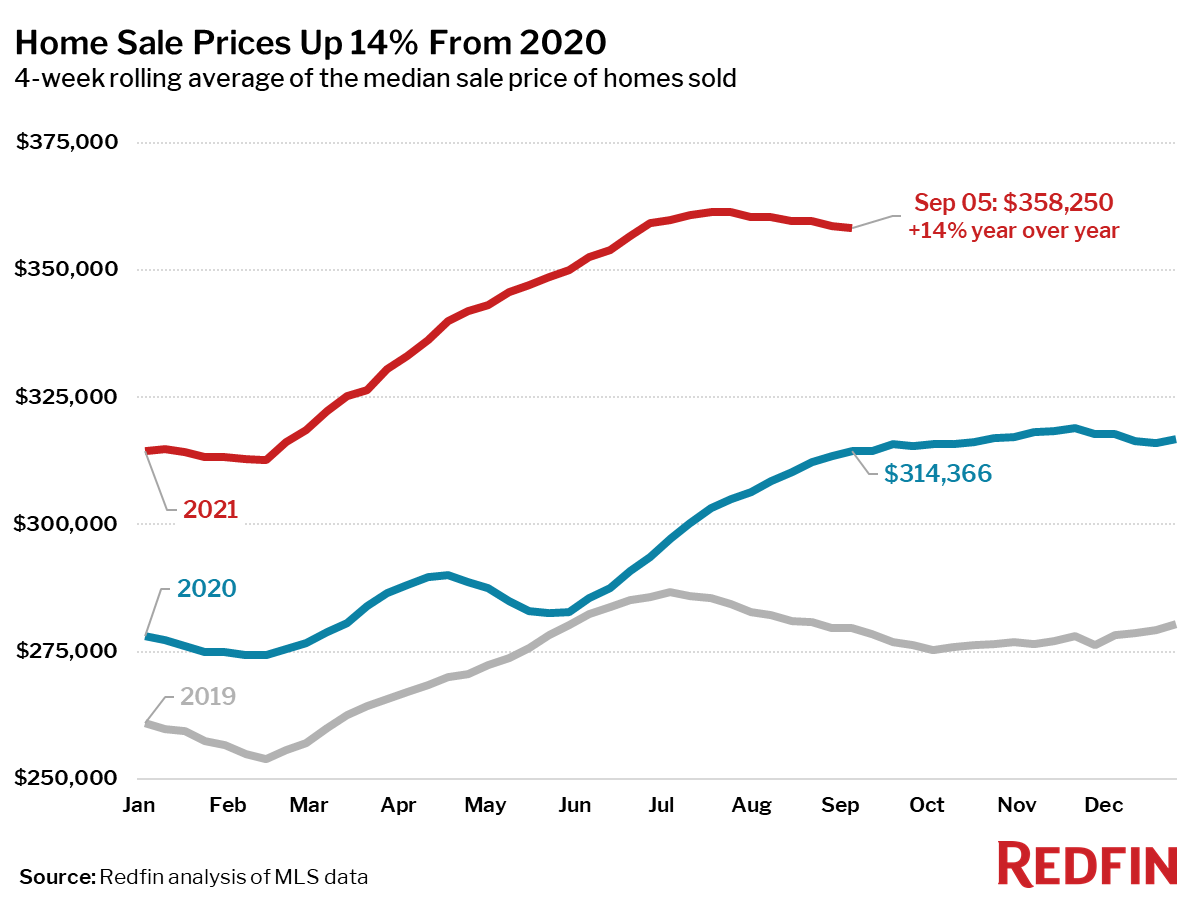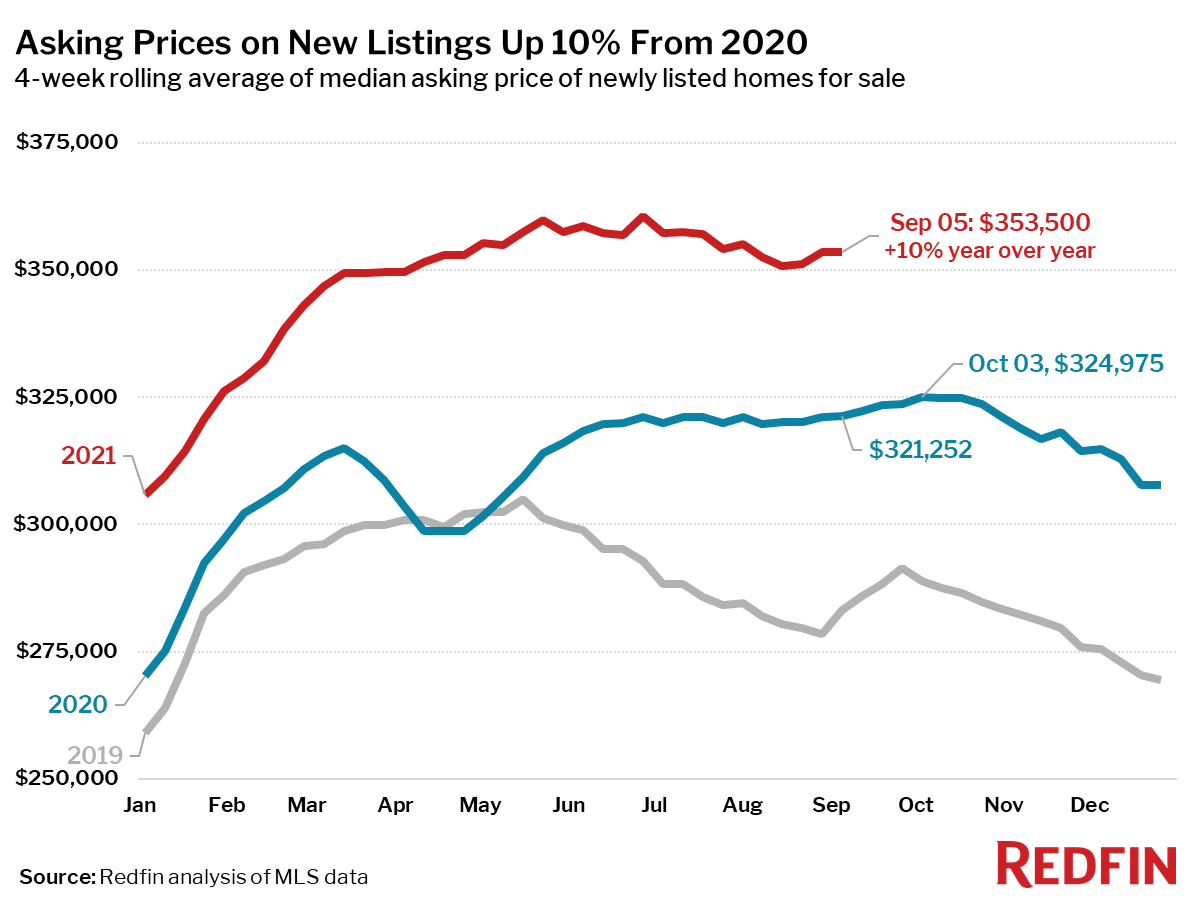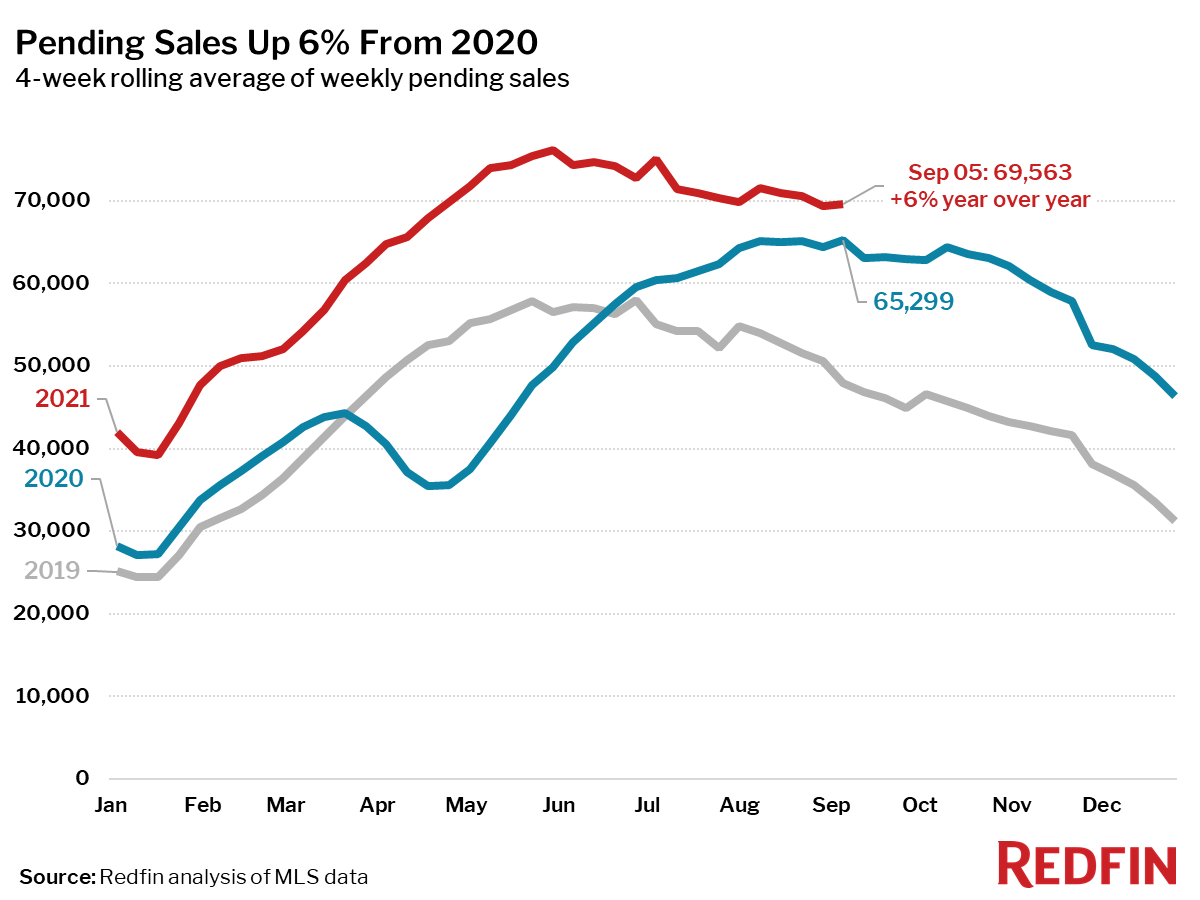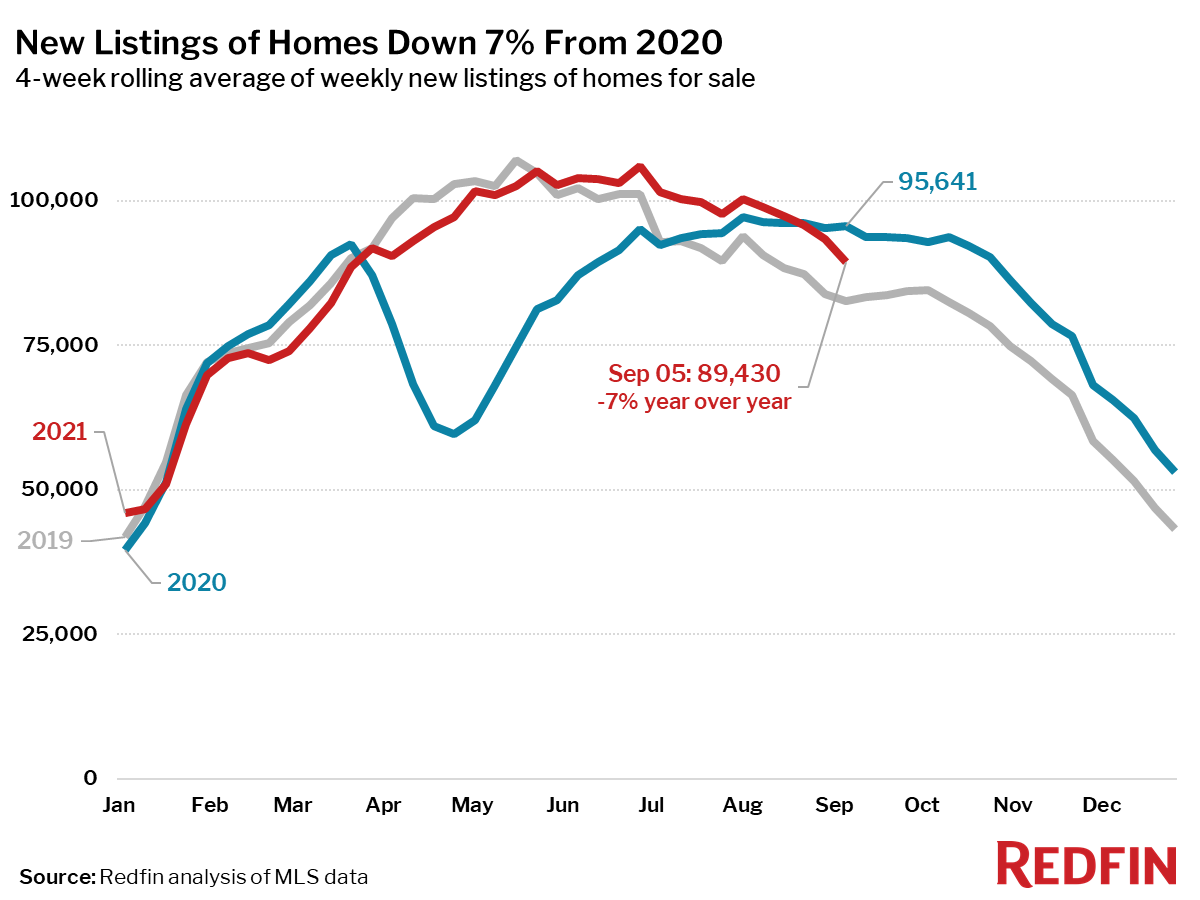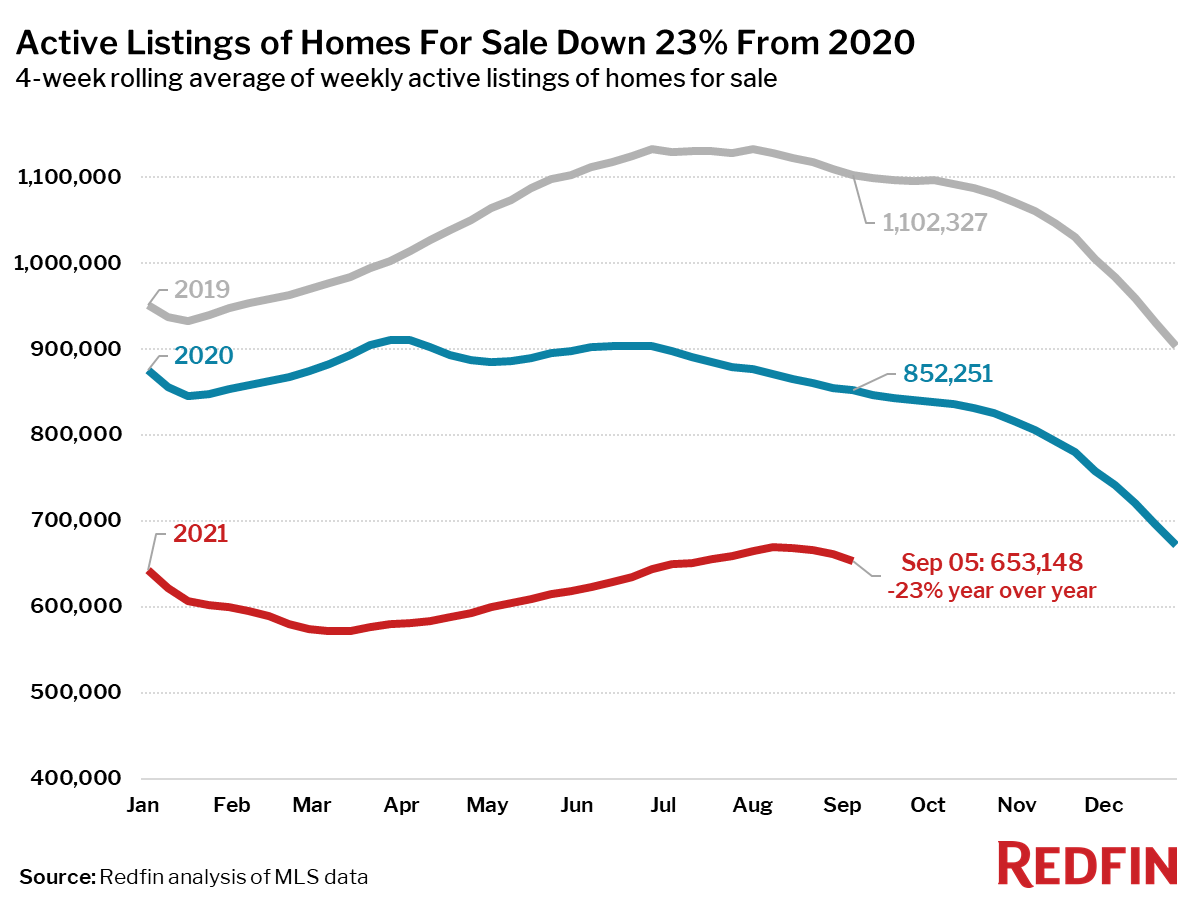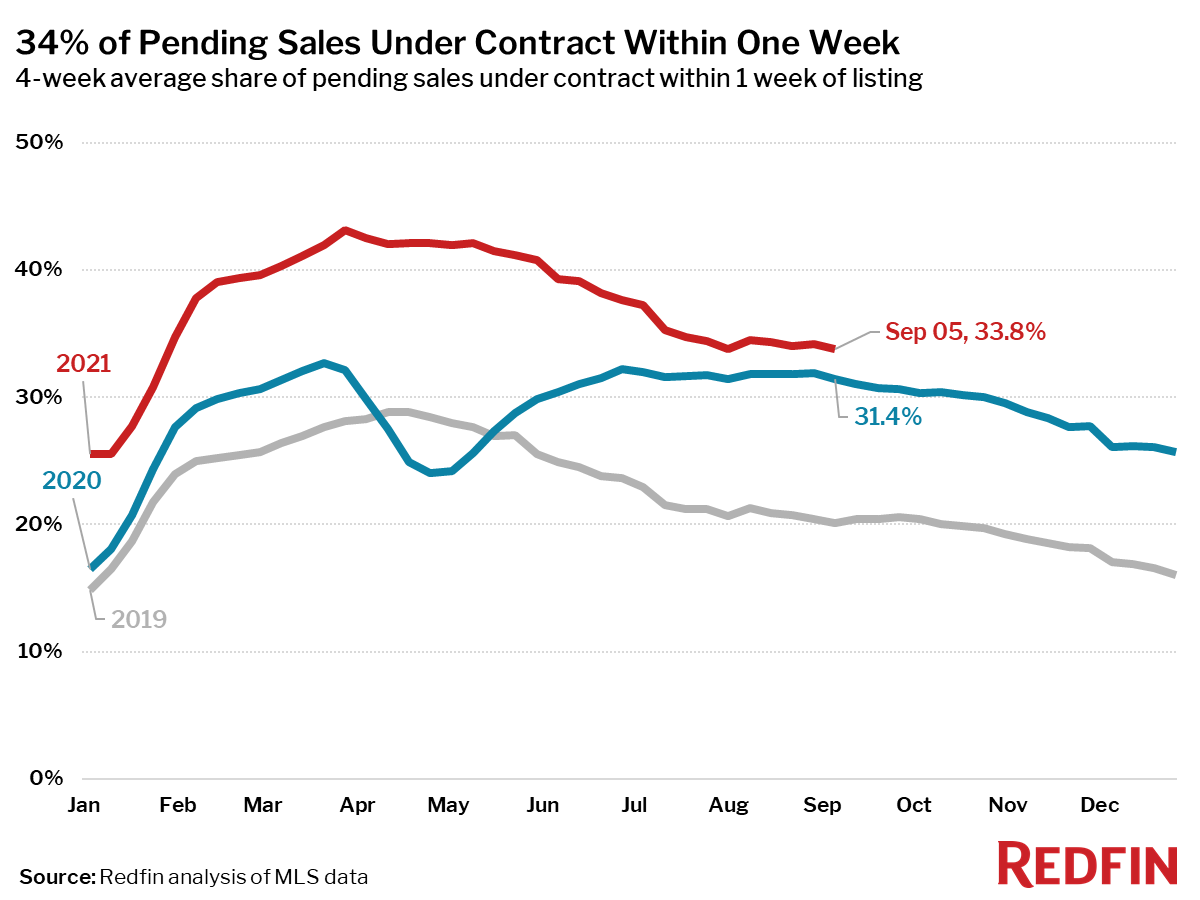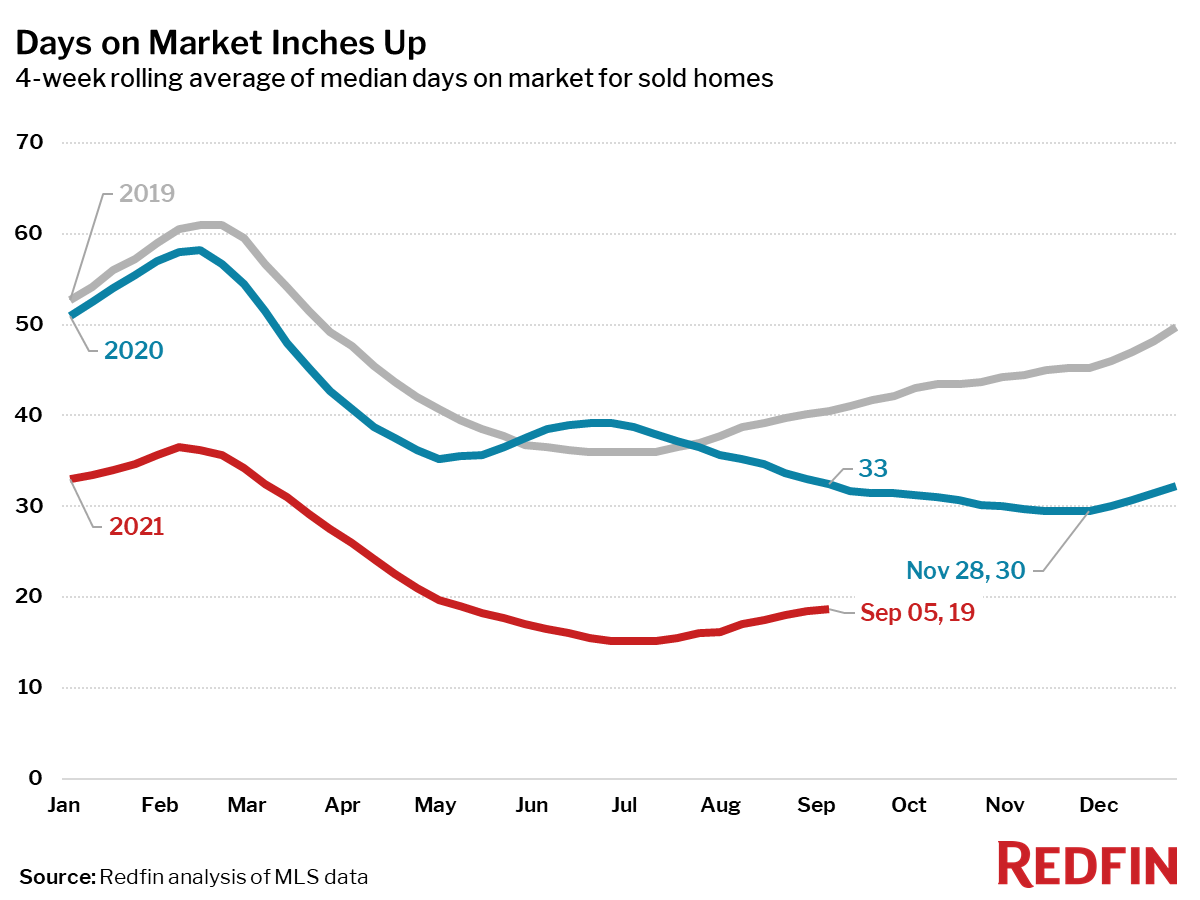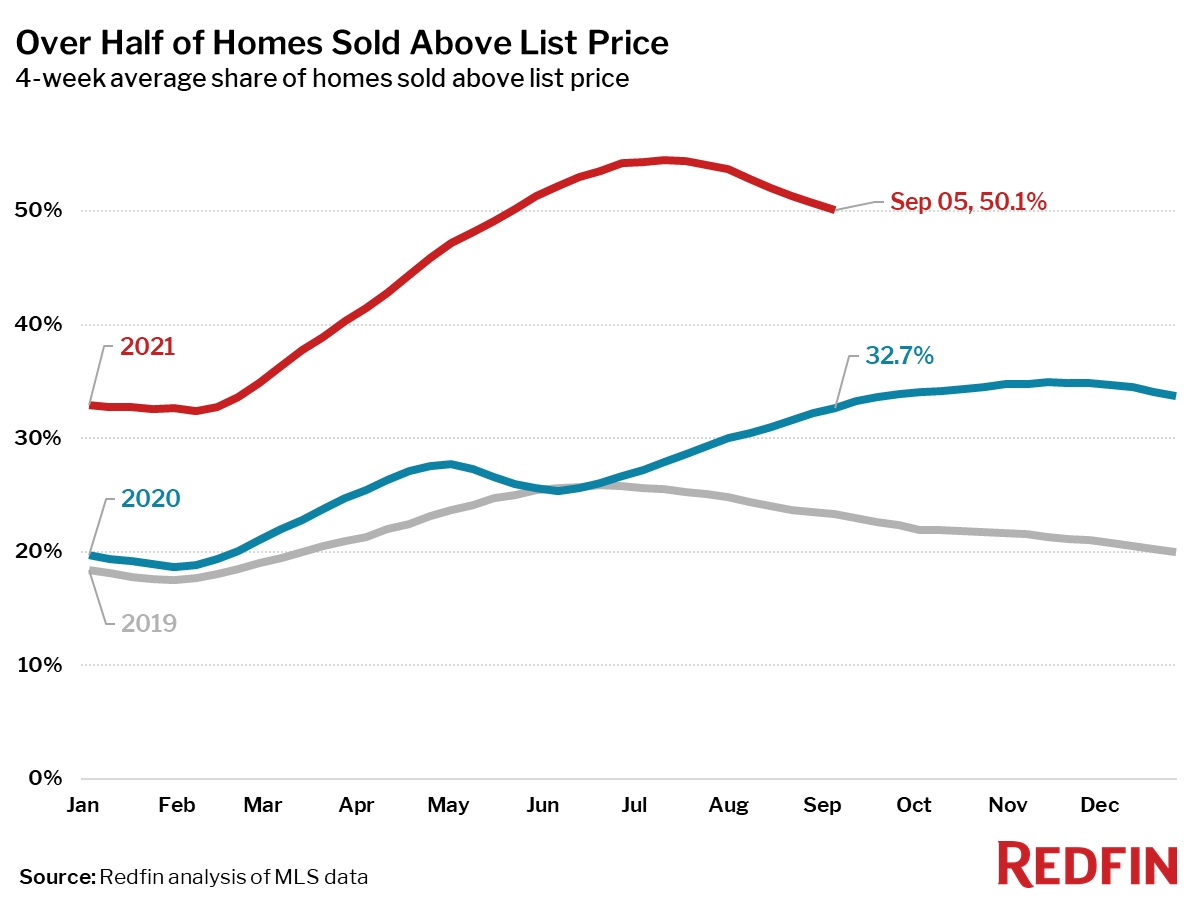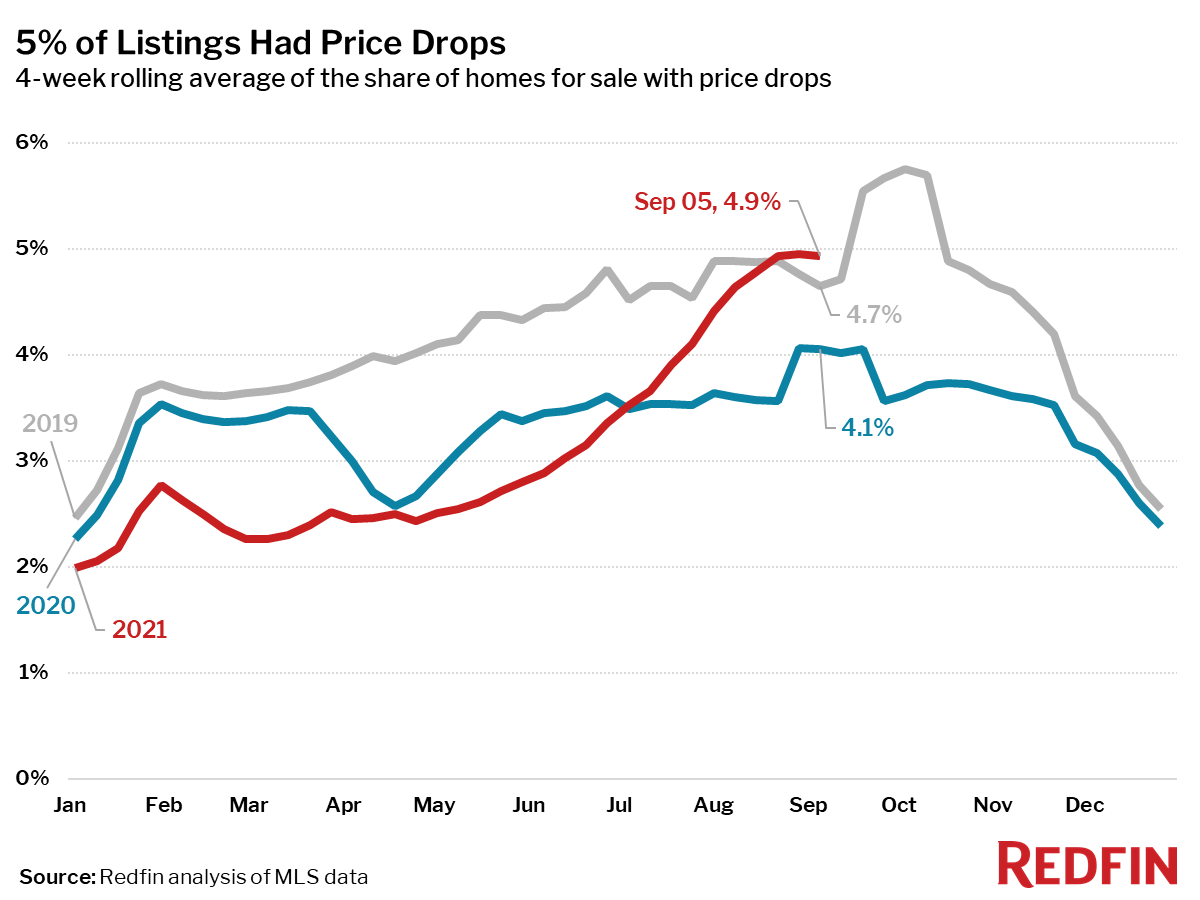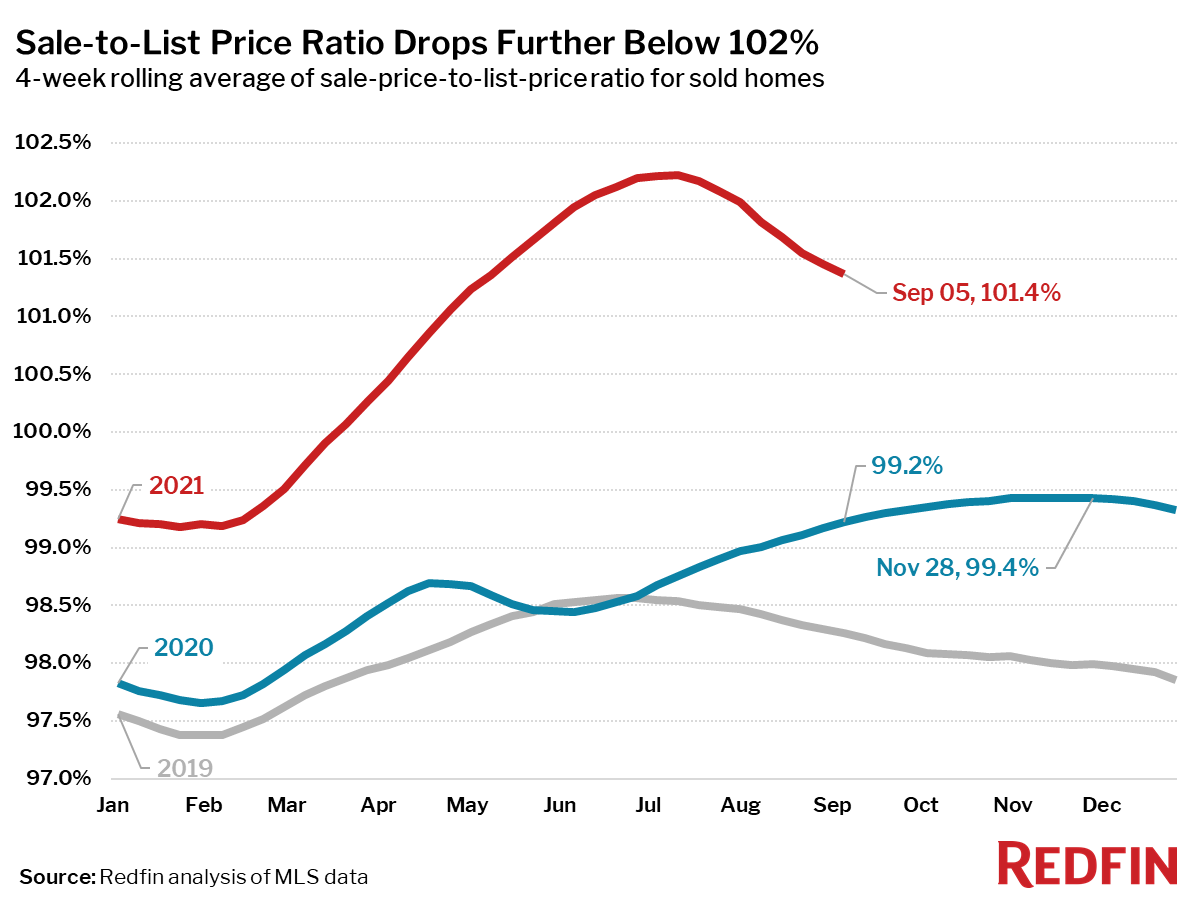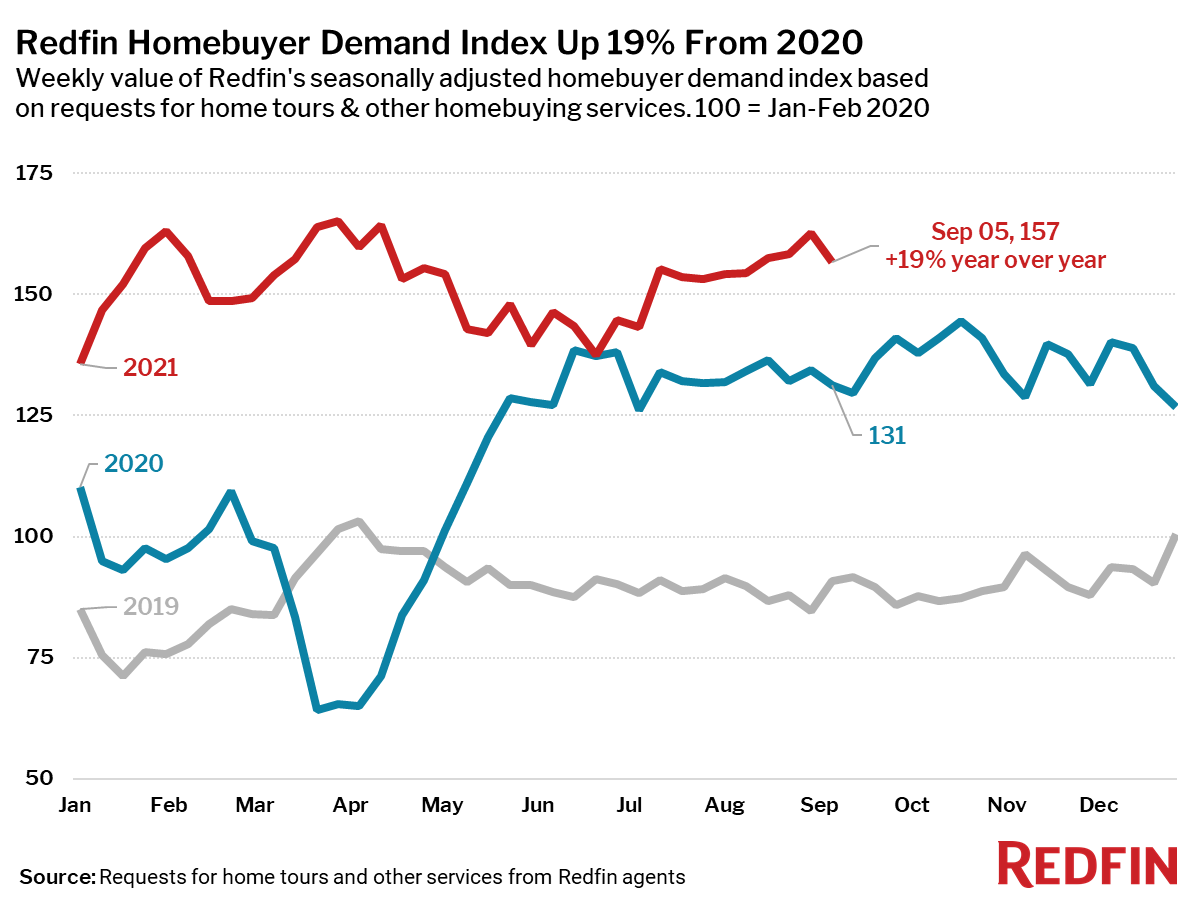Prices paid for goods used in residential construction ex-energy decreased 0.7% in August (not seasonally adjusted), according to the latest Producer Price Index (PPI) report released by the Bureau of Labor Statistics. The decrease was largely driven by a decline in lumber and wood products prices and was the first monthly decline since the start of the last recession. The price index of services inputs to residential construction also decreased in August as smaller gross profit margins of building materials retailers outweighed increases in the prices of freight transportation and other services.
Despite the monthly decline, building materials prices remain 12.3% higher than they were at the beginning of 2021. Prices increased 2.1% over the same period in 2020. Similarly, the price of services inputs to residential construction increased 6.6% from January to August 2020 but has already climbed 12.5% thus far in 2021.

Softwood Lumber
The PPI for softwood lumber (seasonally adjusted) decreased 27.7% in August and has declined 49.0% since May. The steep two-month decrease comes on the heels of an unexpectedly mild 0.7% decline in June that was largely the result of PPI methodology. The PPI of most durable goods for a given month is largely based on prices paid for goods shipped in the survey month. This can result in lags relative to cash market prices during periods of long lead times.

Although the direction of the index value change is encouraging, the continued volatility is not. Price volatility remains at an all-time high for a 12-month period.

Ready-Mix Concrete
Prices paid for ready-mix concrete (RMC) rose 1.6% in August. The index for RMC has risen 5.1% over the past 12 months and 4.7% YTD—the largest year-to-date increase in August since 2006.

Prices rose in every region with the largest increase occurring in the Northeast (+2.9%). Prices in the Midwest, West, and South increased by 1.9%, 1.7%, and 1.2%, respectively.

Gypsum Products
The PPI for gypsum products increased 0.5% in August. The index has increased 14.9% YTD and 22.7% over the past 12 months—the largest such increases since 2004 and 2006, respectively.

Steel Products
Steel mill products prices climbed 5.1% in August following a 10.8% increase in August. Prices have nearly doubled in 2021, accounting for nearly all of the 111.6% increase since January 2020.

The monthly change in the steel mill products PPI increased by more than 10% only three times (in 1947, 1948, and 2008) over the 80-year period ending in 2020. Monthly increases have exceeded that mark four times in 2021.
Services
The price of services used as inputs to residential construction decreased 5.7% in August. The monthly decline was entirely driven by a 7.8% drop in the prices for trade services, the index for which accounts for roughly two-thirds of the PPI for “inputs to residential construction, services.”
The trade services PPI measures changes in the nominal gross margins for goods sold by retailers and wholesalers. Unsurprisingly, hardware and building materials retailers make up the majority (56.4%) of trade services included as residential construction inputs. The PPI for building materials retailers decreased 11.6% in August while nominal gross margins for building materials wholesalers increased 5.7%.
The price indices for transportation and warehousing and services less trade, warehousing, and transportation increased 0.9% and 0.2%, respectively. The price of truck transportation of freight increased 0.9% in August and has advanced 9.5% YTD. Water transportation prices increased 1.3% over the month and have increased 9.0% YTD.
Other Building Materials
The chart below shows the 12-month and year-to-date price changes of other price indices relevant to the residential construction industry.
As Congress continues to work on an infrastructure package, the Construction Materials index is particularly salient. This index, which has increased 23.9% year-to-date and 32.1% over the past 12 months, is much more heavily weighted with products used in large amounts in the production of “traditional” infrastructure (e.g., roads, bridges, rail).

read more…
eyeonhousing.org

